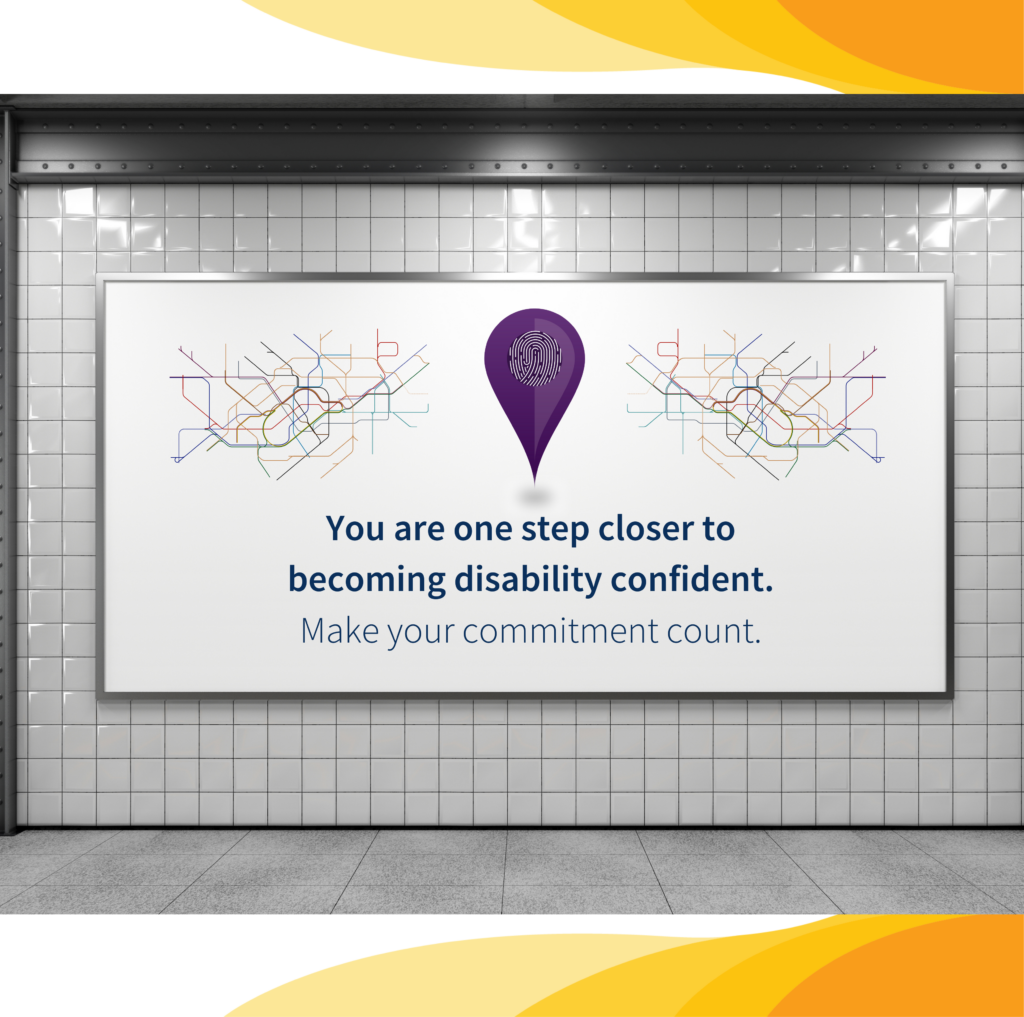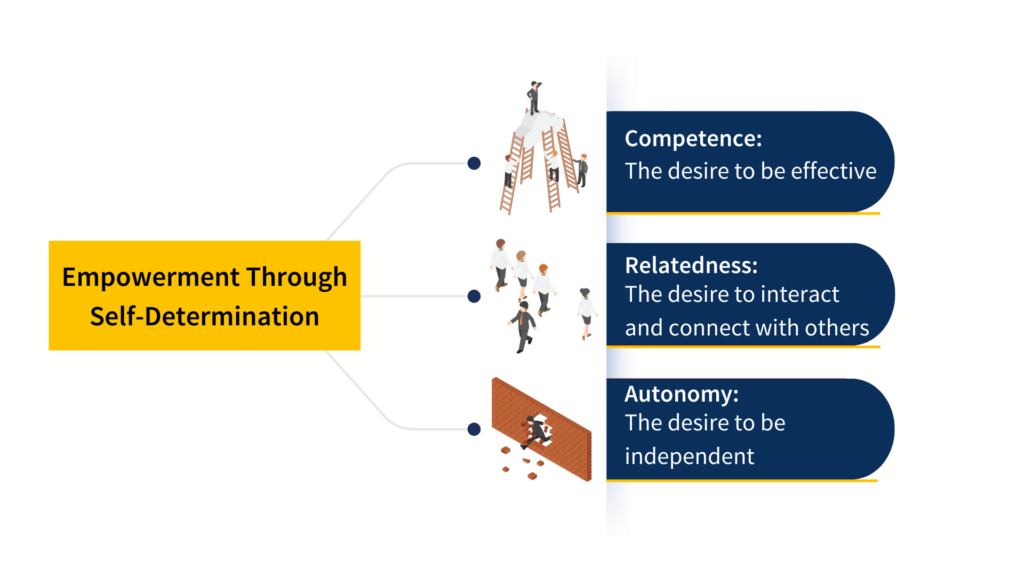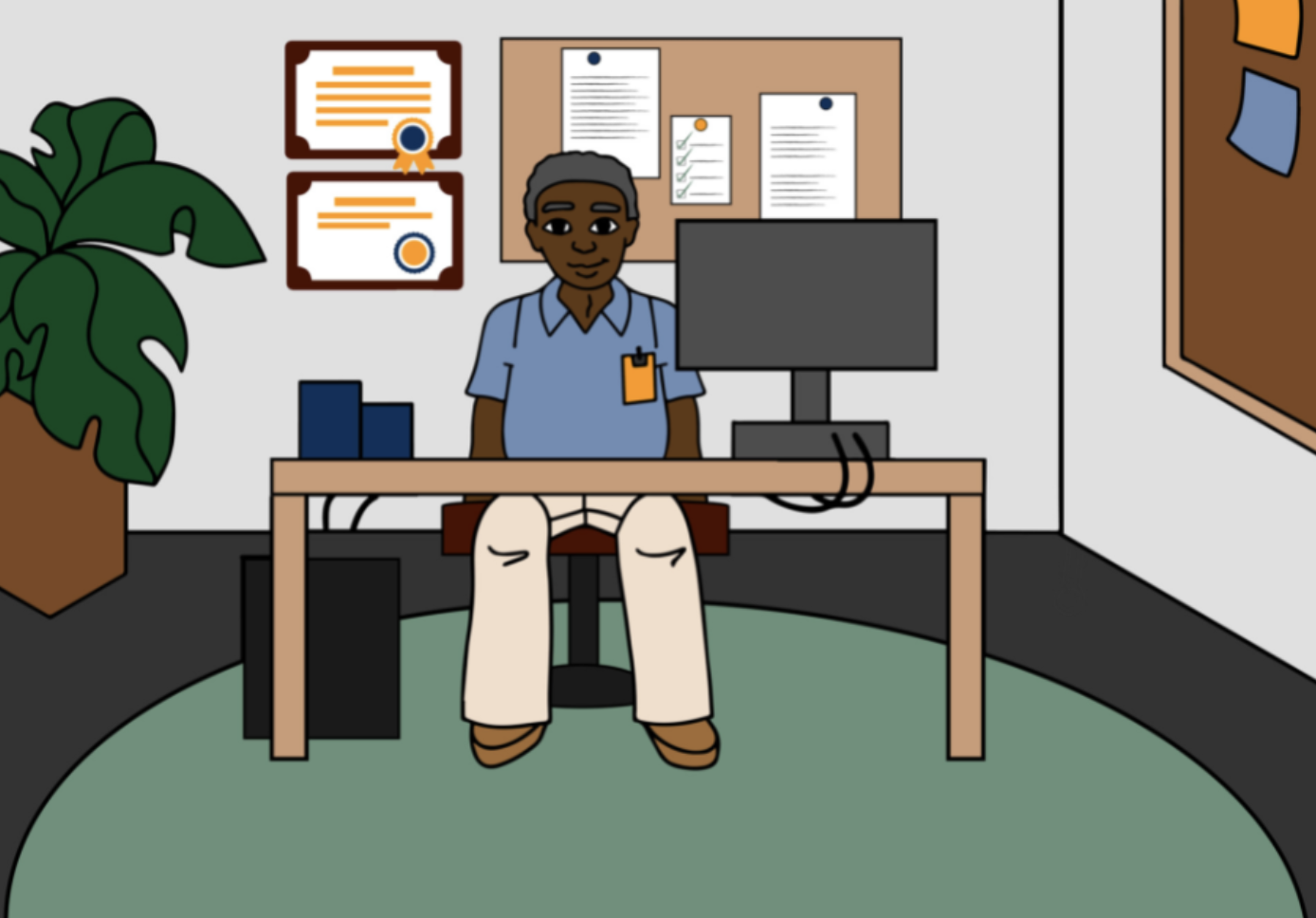Career Development
Understanding Career
Development
Disclaimer: This is a free resource created by community and is not for sale. All tools, contents and resources are not to be sold.
Who is this for?
High priority: Direct Line managers
Practical Information: DEI and HR Professionals
What guidance does it provide?
How to build on current career development practices to ensure all employees are planned and managed for their future goals
Take home points
Career development should be considered from the perspective of both the organization and the worker
- Organization: what skills and knowledge do we require to achieve our business goals?
- Worker: what are the skills and knowledge I think are critical to my current and future career plans?
Career development strategies bring employers and employees together to explore how the interests and potential of employees aligns with the needs and strategy of the business. Career development conversations can convey your interest in your worker and their future, help your worker see their future direction more clearly and help you, as an employer, get the “right” person in the right seat at the table
Managers should never assume that a worker with a disability has reached the limit of potential at work

Having Career Conversations with Workers with Disabilities
Who is this for?
High priority: Direct Line managers
Practical Information: DEI and HR Professionals
What guidance does it provide?
How to develop conversations through a disability lens to help workers progress in their career
Take home points
- Remember, career conversations are not topics starting from the scratch. For instance, you may already be giving your workers regular feedback on their skills and professional qualities or taking in account your worker’s professional interests and commitment to learning when providing training opportunities for them
- Consider providing training to acquire or develop specific skills or knowledge, personal development training, leadership training, establish buddy training and mentorship opportunities
Review Current Activity
• What are we doing now? Can it work better?
• What do employees see?
• What do you they need or want?
Set Goals
• What do we want to achieve?
• What would success look like?
• What’s our timeframe?
Decide What You Could Offer
• Where could we begin?
• What opportunities can we offer? Now? Later?
• What would this cost?
Decide On A Process
• Who do we need to involve in this decision?
• What needs to happen?
• How will we what’s working?
Communicate and Educate
• How do we talk to an employee about this?
• What will they need to get involved?
Implement
• What resources are available to help us?
• How will we get feedback on the process?
Determining Advancement Opportunities for Workers with Disabilities
Who is this for?
High priority: Direct Line managers
Practical Information: DEI and HR Professionals
What guidance does it provide?
- How to identify opportunities for employees with disabilities to advance or realign in their career goals
- Understanding myths and negative stereotypes about the performance of workers with disabilities
Take home points
- When working with employees on job analyses, help identify the knowledge, skills, and competencies that are required of a worker to complete their essential job requirements, develop selection and promotion criteria and inform on compensation decisions
- The most effective technique when collecting information for a job analysis is to obtain it through direct observation, open-ended questionnaires, structured questionnaires, interviews, work logs
- If you are seeking to fill vacancies, look to promote workers with disabilities into management and leadership positions internally before searching externally. Remember, not everyone is looking for upward progression. Workers may be looking for new activities, greater challenges, more balance, or flexibility

Empowering Career Development and Growth Among All Workers
Who is this for?
High priority: Direct Line managers
Practical Information: DEI and HR Professionals
What guidance does it provide?
- How to recognize opportunities for growth
- How to implement best practices for development
Take home points
- Adjusting your attitude towards career development. Understand that a “one-size-fits-all” approach should not be applied when developing career plans with workers with disabilities
- Guiding career conversations in a respectful and inclusive way. Actively listen to your workers during career conversations, validate their feelings and concerns, and echo what they are saying to show that you understand
- Create new spaces for discussion. A disability working group or employee resource group can advocate for the needs of workers with disabilities and provide valuable information to inform leadership


